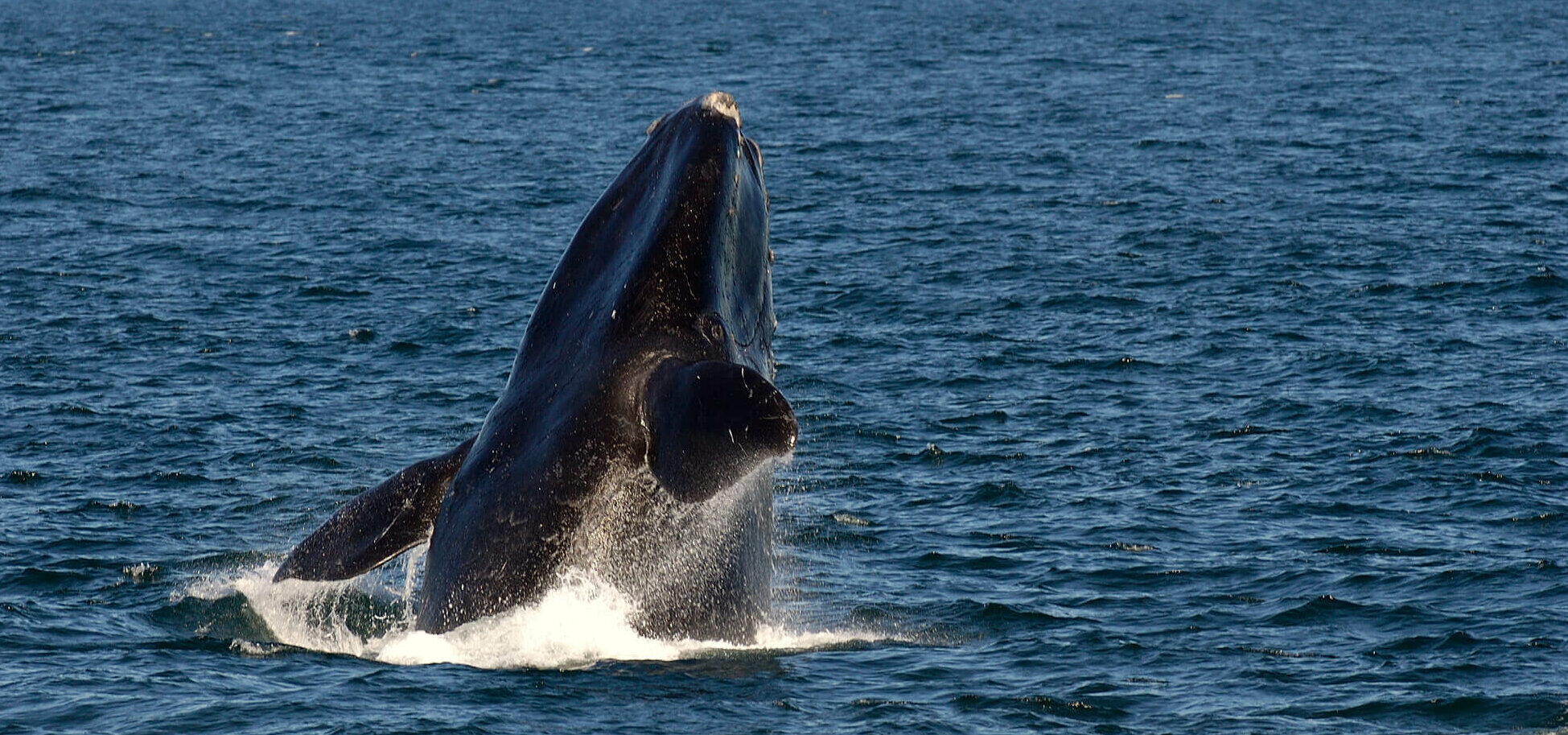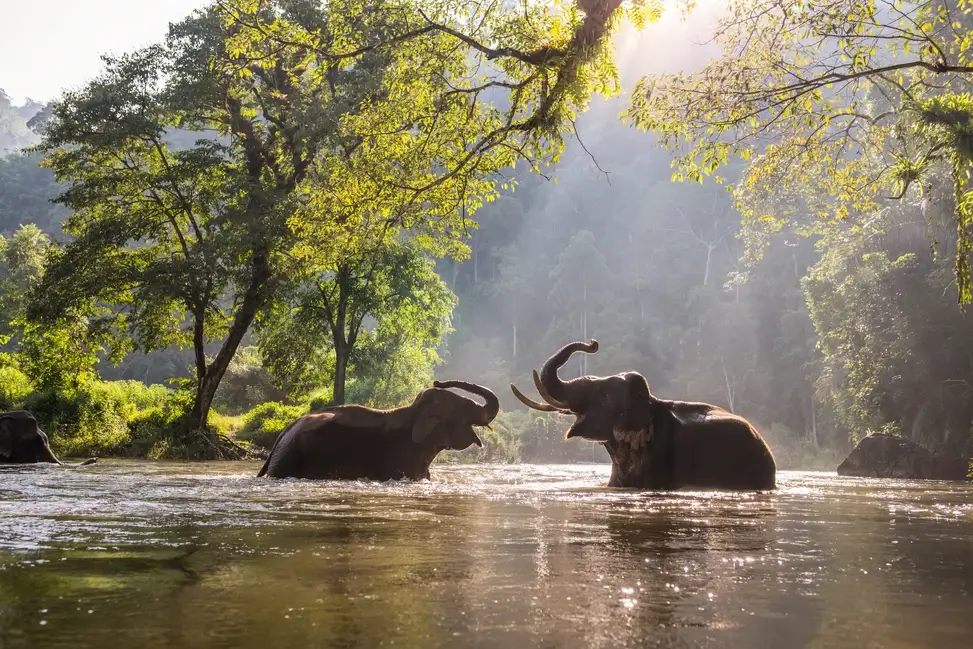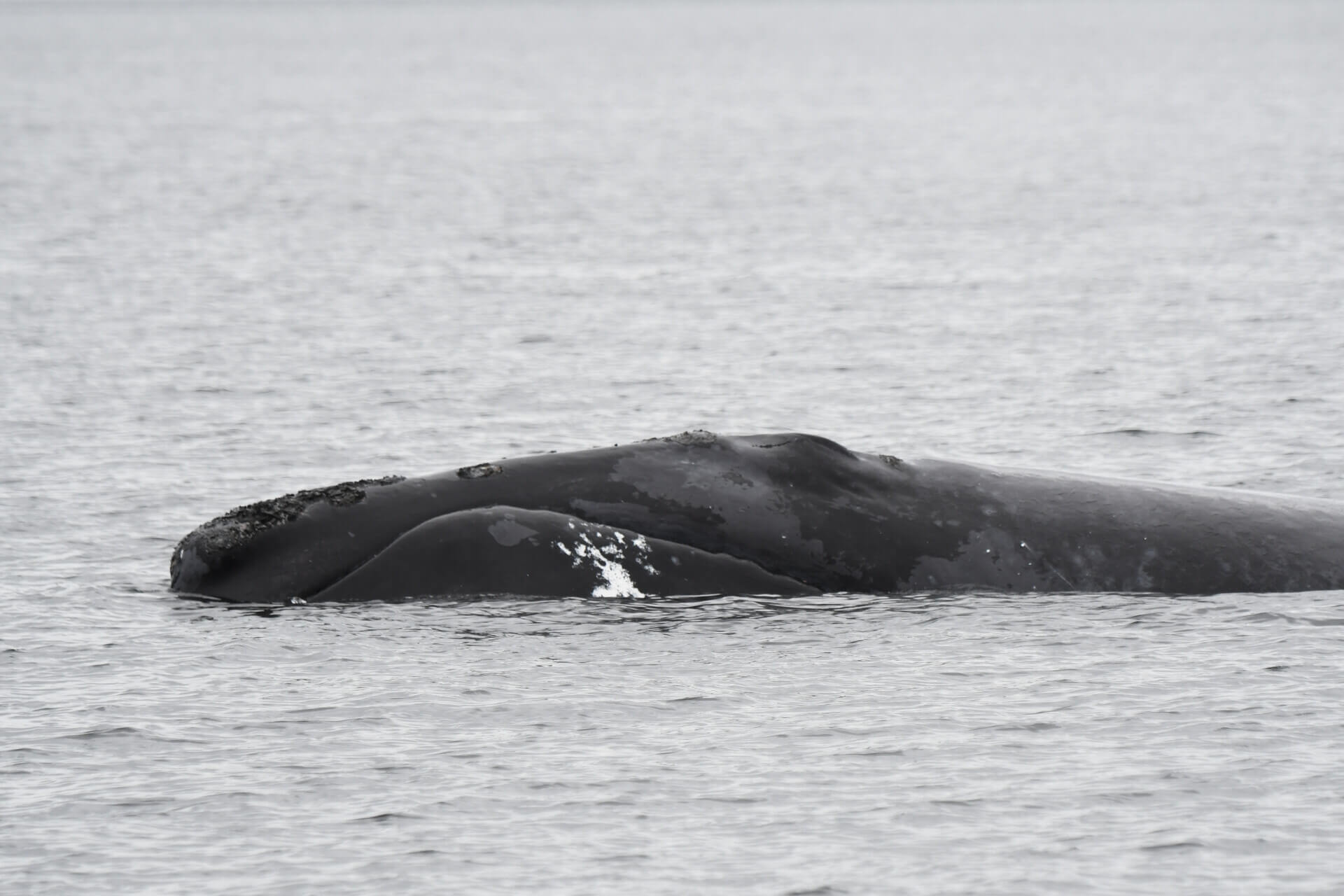Ever heard of Peto’s paradox? The latter states that the probability of developing cancer is unrelated to the number of cells in an organism. The bowhead whale is a shining example of this paradox. Indeed, the bowhead is the second largest animal in the world and weighs up to 80,000 kg, the equivalent of about 15 male Asian elephants. It is also the mammal with the longest life expectancy: upwards of 200 years!
What happens when cells degenerate?
Cancer is an umbrella term comprising several different diseases, the common denominator of which is the uncontrollable division of abnormal cells that can coalesce to become tumours and even spread to surrounding tissues. This can occur when the DNA is damaged by external factors such as UV rays or even following a replication error. The body has mechanisms to correct these errors and repair damaged DNA strands. Occasionally, however, some imperfections go unnoticed or the damage is too significant. Considering the astronomical number of cells making up its gigantic body, it would indeed be expected that the bowhead whale would be more likely to develop cancer during its lifetime. This is not the case, however. The same goes for the elephant, another giant of the animal kingdom. Why is it that these massive animals seem to have protection against cancer, a leading cause of mortality in humans? The key to this mystery seems to lie in their DNA.
The elephant: defend by attacking
Compared to humans, elephants have 20 times more copies of a tumour suppressor gene called TP53. The p53 protein produced by this gene prevents cancer from developing, either by promoting DNA repair or by inducing the self-destruction of defective cells. Since the elephant has an entire arsenal of this gene, the impact is minimal when one copy stops functioning, unlike humans, who are left almost defenceless. Their cells are also particularly sensitive to damage. At the slightest DNA mutation, the cell self-destructs, leaving no time for cancer to develop. A forceful elimination of cells decreases the risk of developing cancer, but can accelerate the effects of aging.
The bowhead whale: prevention is better than cure!
The bowhead whale has developed another protective mechanism against cancer that relies on impeccable DNA repair. This limits the number of mutations that can form from the get-go, rendering unnecessary the massive destruction of defective cells, as in the elephant. A variation of CIRBP and an abundance of RPA2 (two proteins) are believed to be responsible for this increased precision in bowheads. However, mutations result in greater diversity within a population, giving it a certain genetic resistance. Thus, highly efficient DNA replication also limits the amount of potentially beneficial mutations and slows the rate of a species’ evolution. Because the ocean is a stable environment, there has been little evolutionary pressure for whales to develop new traits once their ancestors had adapted to life at sea. This was true in the past, but drastic changes across the globe beg the question: Will species have the time to adapt? And what will become of the whales?







